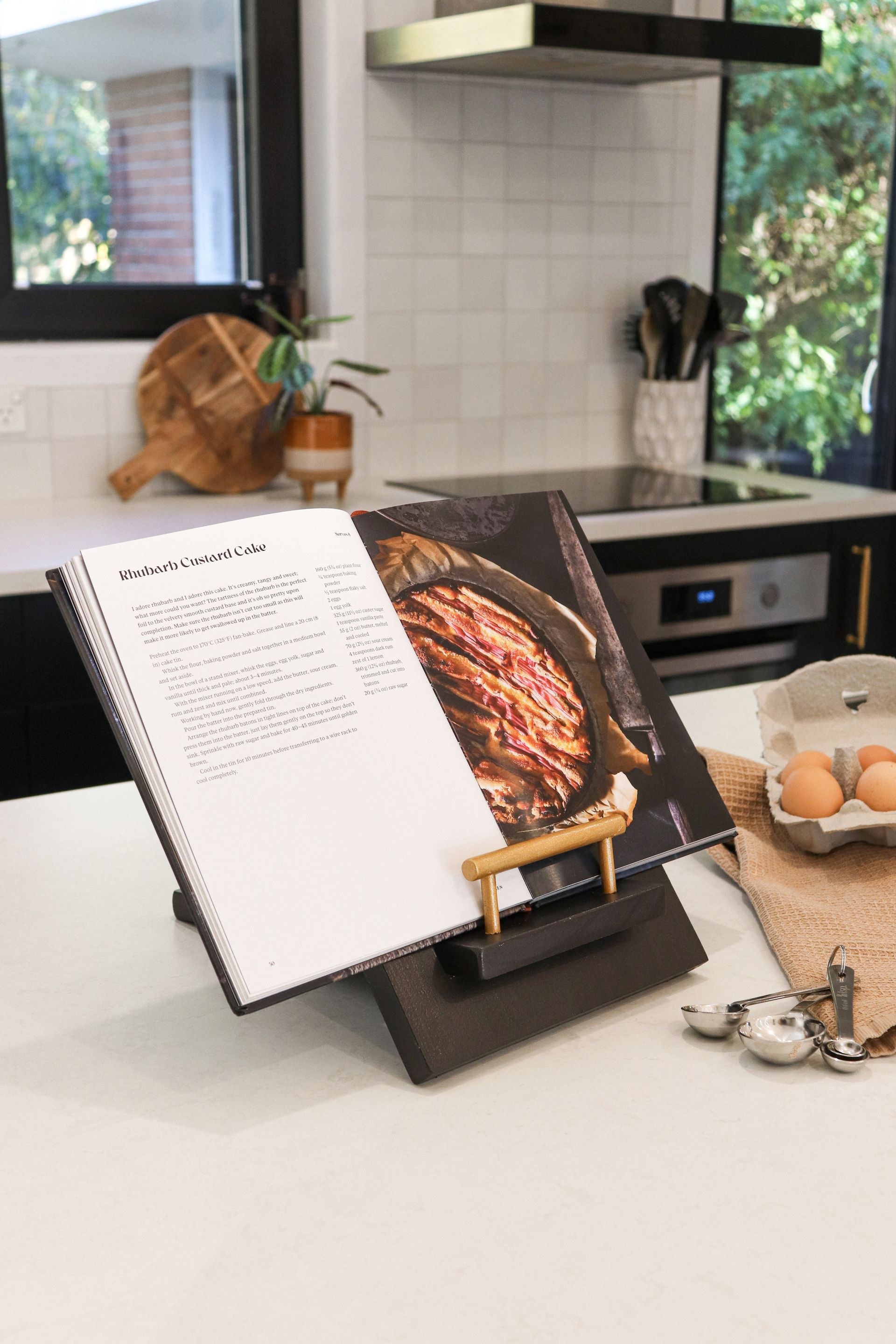Despite its urban location, in the heart of Christchurch Pūtaringamotu/Riccarton Bush is a vibrant forest alive with history, flora and fauna. As the last remnant of alluvial podocarp forest on the lower Canterbury Plains, it is filled with magnificent taonga.
On a beautiful morning at Pūtaringamotu/Riccarton Bush located on Kahu Road in Riccarton (Christchurch), I hear an echo from the past. This is the last remnant of alluvial podocarp forest on the lower Canterbury Plains. Walking through it, one can sense what the Deans family, the first European settlers on the Canterbury Plains, would have seen in the 1840s. Pūtaringamotu means, among other things, ‘the place of an echo’.
Only two areas of such forest remained when William and John Deans arrived. The other, at Sawyers Arms Road near Papanui, was milled in the 1850s. Pūtaringamotu survived thanks to the deathbed wish of John Deans that the area be protected for posterity and gifted to the people of Ōtautahi Christchurch.
Mike Steenson, the ranger, who has had the job for two years, tells me over a coffee that the Christchurch City Council has granted resource consent for the planned $2.4 million upgrade of the Bush. ‘Now we can apply for grants and ask for donations. There’s a need to redo the track because it’s rather tired, but the main thing we want is to introduce a cultural interpretation of the area. Before Europeans arrived, Māori depended on the forest resources for many aspects of their everyday life. We’ve engaged Matapopore, an organisation set up after the earthquakes, to ensure Ngāi Tūāhuriri/Ngāi Tahu values, narratives and aspirations are communicated.’
Matapopore’s proposal is to share traditional knowledge and usage associated with each plant or tree on interpretation panels. This information would be accompanied by recipes for rongoā (medicinal treatment) and kai (food), and information about native birds, insects and lizards. There will also be Māori artworks and a ngutu (gateway).
Mike, a University of Canterbury geography graduate, clearly enjoys his job and, along with his assistant and a gardener, is responsible for the upkeep of the Bush, Riccarton House, and its grounds. Mike lives in the ranger’s house behind the native plant nursery. ‘Every day is different. The fact the Bush is in town makes my ranger role unique. My favourite time of day is the 8 am patrol. It’s wonderful to be walking on your own surrounded by the call of korimako (bellbirds), pīwakawaka (fantails), riroriro (grey warblers) and tauhou (silvereyes). You can forget you’re in the middle of a city.’
We head out for a walk through the Bush. Mike, and the other paid guides, regularly lead tours of school parties and other community groups. Educating the next generation is a crucial part of his role. The start of the walk involves navigating the double entrance gates in the predator-proof fence, which was erected in 2004. The clang of the second gate closing behind me sends my heart racing. Since the 2011 earthquakes, I’m not keen on enclosed spaces, but Mike assures me I can’t get lost. ‘The walk is almost 900 metres, but it’s a well-signposted loop. Occasionally, I get asked for directions from people who have been around a few times. Once, on a night patrol, I discovered a couple who sheepishly told me they had lost track of time, but they were very red in the face.’
Security guards lock the gates at dusk. Mike says vandalism isn’t a big problem, but it spikes during school holidays. During KidsFest in the winter school holiday, he lights up the walkway and keeps the Bush open until after dark for the children to enjoy the spectacle.
‘The top of the fence is electrified,’ Mike tells me. ‘Even so, keeping predators out is difficult. Rats and possums are the key problems. The fence goes half a metre underground, but tunnels created by rotting tree roots create runs for rats. Possums jump over from trees along the boundary. We have around 50 kill traps and one hundred bait stations within the bush.’
Another major predator threat comes from the air. ‘Our biggest problem is the city pigeons. Their numbers have exploded since the quakes when they lost much of their natural habitat at Redcliffs. The cliffs sheared off, destroying the ledges, cracks and crannies they used for nesting, so they relocated. Pigeons damage the tops of the trees, and their poop changes the pH of the soil, creating issues around root burn for plants.’ Mike points to the forest floor. ‘Invertebrates in the forest litter also suffer. You almost get burned alive if you’re a poor little slater wriggling through the dirt. When we had kiwi in here, they got sick because of the pigeon mess, so pigeon control is also part of my duty. Once a week, I do pest control at night with an air rifle.’
On this particular morning, we walk to a central area and stare at a towering grove of magnificent kahikatea trees while listening to bird calls. ‘Botanists speculate a devastating flood occurred 600 years ago, washing away the trees on the plain,’ Mike says. ‘Riccarton Bush regenerated after that, which is why all the oldest trees are the same age. Kahikatea are New Zealand’s tallest trees, and they live for about 600 years. Other trees here include tōtara, mataī and hīnau, and there are numerous native climbing plants, ferns and mosses. We collect their seeds and grow saplings and plants in the nursery ready to replace ones that die. Organisations working with native plants, such as Trees for Canterbury and Wai-ora Trust, can also access our seed bank.’
On the way to the exit, Mike is telling me about waitaha (Canterbury geckos) and pūtangatanga (tree wētā) when he halts and points. A khaki-green korimako (bellbird) perches on a branch next to the track, singing its heart out. I stand mesmerised, taking in the earthy scent of the forest on the breeze. Then I break the magic by asking if all the birds here are this comfortable with people. Mike laughs. ‘That one’s looking for a mate, so he probably hasn’t even noticed us. However, some birds have changed their behaviour; pigeons nest on the ground in here, which is highly unusual. Students from the University of Canterbury’s Biology Department are studying how the birds have adapted to a predator-free environment.’
We chat about climate change, and Mike says the irrigation system, which runs six months of the year, is essential. ‘However, it has been here for 30 to 40 years and is nearing the end of its life. In a damp environment, steel pipes don’t last forever. We are starting to find leaks and we need to upgrade the system when the track is redone.’
In the early days, Riccarton Bush rangers treated it like an English woodland, mowing around the trees and even gathering the litter and burning it amongst the trees. In the 1970s, Brian Molloy joined the Riccarton Bush Trust Board and transformed the way the area was managed. Brian was a world-class botanist, and he convinced the ranger to stop the mowing and burning, which allowed the forest to regenerate. Under his guidance, exotic plants were removed, and unused paths blocked. He improved fencing to stop locals from dumping garden refuse and founded the tree nursery.
Now it is time for another round of changes. During the pandemic, visitor numbers dropped. ‘This has been a good chance for a reset,’ Mike says. ‘Going forward, it is important to honour what the area means for Ngāi Tūāhuriri/Ngāi Tahu.’ He suggests I contact Nigel Harris, a trustee of the Riccarton Bush Trust Board. When I call Nigel, he stresses how important the Bush is for Māori, and explains how stories were passed down during periods of food gathering and at times of the harvesting of plants for their medicinal properties. ‘I can relate back to my ancestors and their activities around mahinga kai (gathering food) whenever I visit Pūtaringamotu. One of the treasures of this place is it enables me to connect with my whakapapa and that gives me a sense of wellbeing.’
I leave the Bush overwhelmed by the magnificent taonga (treasure) we have on our doorstep. There is no other podocarp forest like this anywhere in the world, and I spend the next week telling all my friends they must visit. Having met Mike, I’m convinced it is in safe hands and can’t wait to see the finished upgrade.
This Māori whakataukī (proverb) reminds me of the importance of preserving this ancient echo for our children:
‘Ehara i te mea, nō ināianei te aroha. Nō ngā tūpuna i tuku iho, i tuku iho.’
There is no greater thing than that which is handed down with love from the ancestors.
Recent stories









